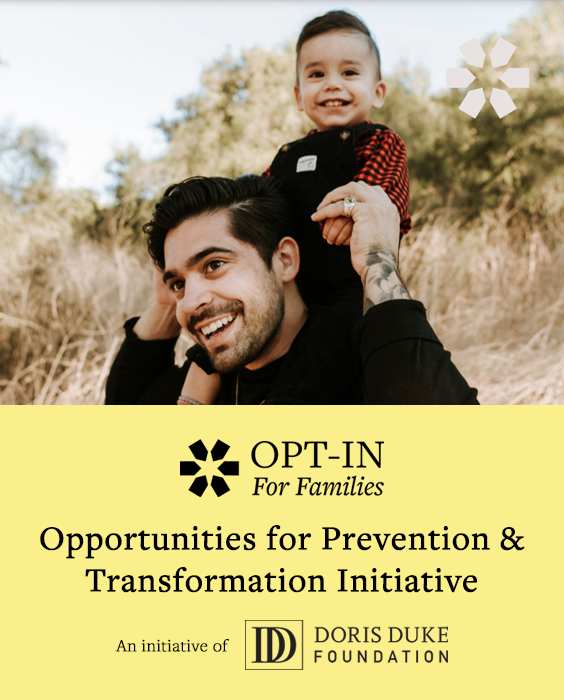One of the Child Well-being Program’s core strategies is to support coordinated, resident-informed, neighborhood-level efforts that aim to make measurable improvements in the health and well-being of children and families.
Delivery of these programs must be culturally, geographically and locally relevant. The Child Well-being Program therefore supports organizations that have deep roots in their communities, are trusted by residents, and partner with multiple sectors (e.g., health, education, criminal justice and housing agencies) to coordinate services for children and families at the neighborhood level. Each grantee is supported to:
- Invest in improving the local physical environment (e.g., clean and safe housing, community gardens, safe places to socialize and play).
- Use administrative and/or independently collected and validated data for informed decision-making and to assess impact on child, family and/or community well-being.
- Coordinate health and social services that work with families in a particular neighborhood.
- Bring additional resources to the neighborhood that are relevant to their local context and empower residents to use them.
- Increase resident engagement, foster social connectedness among community members and build a sense of belonging within neighborhoods where residents live.
- Communicate stories of success within the neighborhood.
To read more about the program’s strategy to support communities in surmounting inequities detrimental to the well-being of their children, please click here for a message from then program director for child well-being, Lola Adedokun.
Please explore the What We’ve Funded section of our site for examples of organizations and activities we support.


